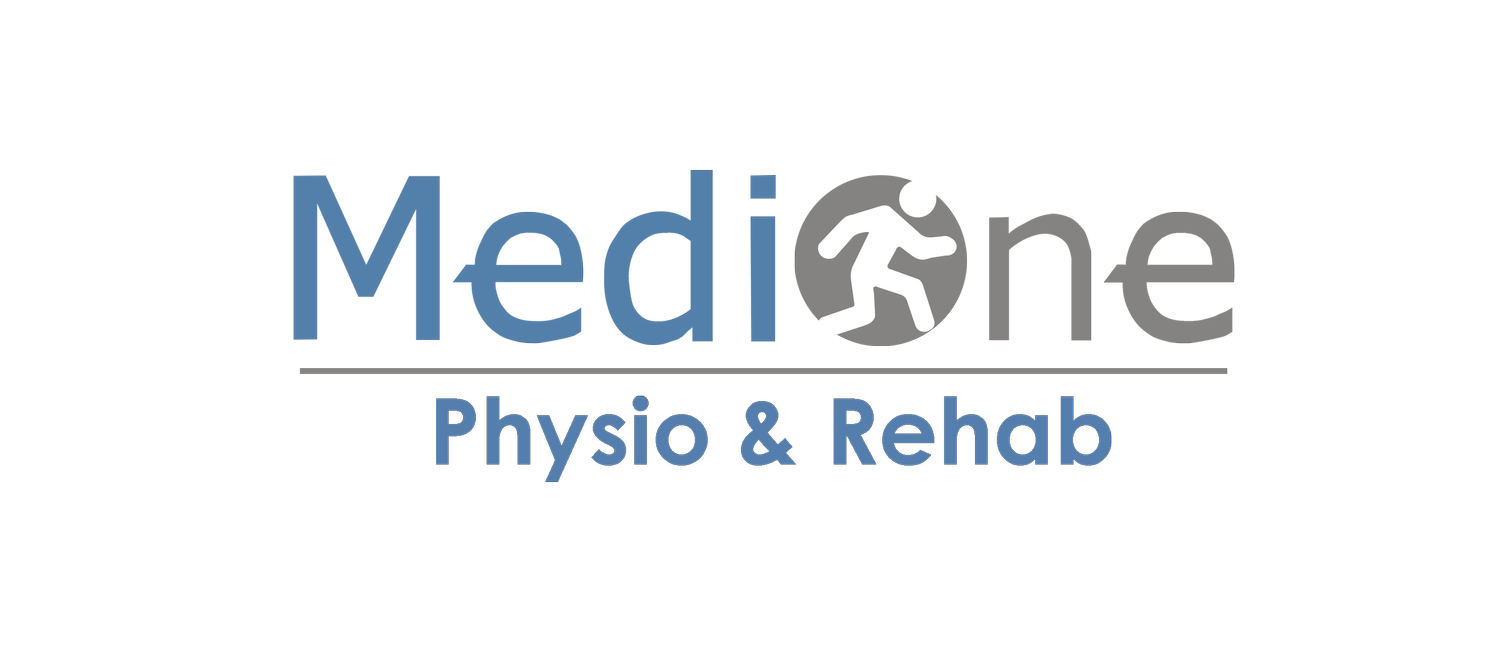Winter Time Blues and Joint Pain
Winter often brings a host of challenges for individuals with musculoskeletal conditions, as cold weather can exacerbate joint pain and stiffness. During the colder months, many people experience increased discomfort, particularly in areas affected by arthritis or other chronic musculoskeletal conditions. The combination of lower temperatures, reduced physical activity, and decreased sunlight exposure can contribute to heightened pain and stiffness in the joints. Understanding the causes of this seasonal discomfort, along with effective management strategies such as physical therapy, exercise, diet, and supplementation, can help individuals maintain joint health and improve their quality of life throughout the winter season.
Causes Of Joint Point And Stiffness In Winter
Cold weather can cause muscles and joints to contract, leading to increased stiffness and pain. For individuals with musculoskeletal conditions like osteoarthritis, the drop in temperature often exacerbates symptoms. Additionally, reduced physical activity during the winter months can contribute to weakened muscles and less flexibility, making joints more vulnerable to discomfort. Lower sunlight exposure also leads to a deficiency in vitamin D, which is vital for bone health, further compounding joint issues during winter.
Physical Therapy And Effectiveness
Physical therapy is an effective treatment for managing winter-related joint pain and stiffness. Therapists use techniques like heat therapy, manual therapy, and targeted stretching to improve mobility and relieve discomfort. Exercise regimens designed to increase strength, flexibility, and posture can help maintain joint function. Research has shown that physical therapy can significantly improve pain levels, enhance range of motion, and improve quality of life for individuals suffering from musculoskeletal pain during colder months.
Exercise For Joint Health
Regular physical activity remains essential for joint health, even in winter. Low-impact exercises such as swimming, cycling, and walking are highly beneficial for individuals with joint pain, as they reduce strain while improving joint mobility and muscle strength. Additionally, resistance training helps strengthen the muscles surrounding the joints, providing added support and preventing further injury. Stretching exercises enhance flexibility and reduce stiffness, improving blood circulation to the affected areas.
Diet And Supplementations
A well-balanced diet rich in anti-inflammatory foods is key to managing joint pain in the winter. Omega-3 fatty acids from sources like fatty fish, flaxseeds, and walnuts help reduce inflammation. Supplementation with vitamin D is especially important during the winter when sunlight exposure is limited, as it helps with calcium absorption and bone health. Additionally, glucosamine and chondroitin supplements are commonly used to support joint health and reduce pain by promoting cartilage maintenance.
In conclusion, managing joint pain and stiffness during the winter season requires a multifaceted approach that addresses both the physical and environmental factors contributing to discomfort. Physical therapy can help improve mobility and reduce pain, while regular exercise strengthens muscles and enhances flexibility, supporting joint function. A balanced diet, along with strategic supplementation, can further help manage inflammation and support overall musculoskeletal health. By incorporating these strategies, individuals can better navigate the challenges of winter and maintain a higher level of comfort and mobility, ultimately enhancing their well-being during the colder months.
At MediOne Physio & Rehab we’re here to help assess your joint pains and create a concise and effective treatment plan to help you alleviate the pain and get back to doing the things you enjoy. Book now for an assessment!
Questions? We offer complimentary consultations to help you make an informed decision before starting your therapy.
References
Yelin, E., & Callahan, L. F. (1995). The economic cost and social impact of musculoskeletal conditions. Bulletin of the World Health Organization, 73(5), 641-648.
Brosseau, L., et al. (2003). A Cochrane review of therapeutic ultrasound for the treatment of osteoarthritis. Cochrane Database of Systematic Reviews, 2003(1).
Gatt, M. E., & Sutherland, L. (2012). Effectiveness of exercise in osteoarthritis. Journal of Orthopedic & Sports Physical Therapy, 42(3), 193-201.
McAlindon, T. E., et al. (2011). The effect of glucosamine and chondroitin in osteoarthritis: A systematic review. JAMA, 286(6), 754-762.
Dincer, F., & Kucuk, A. (2007). The effects of vitamin D supplementation in patients with osteoarthritis. Journal of Clinical Rheumatology, 13(5), 254-258.







